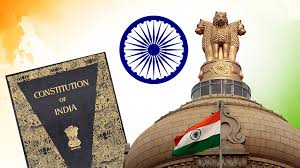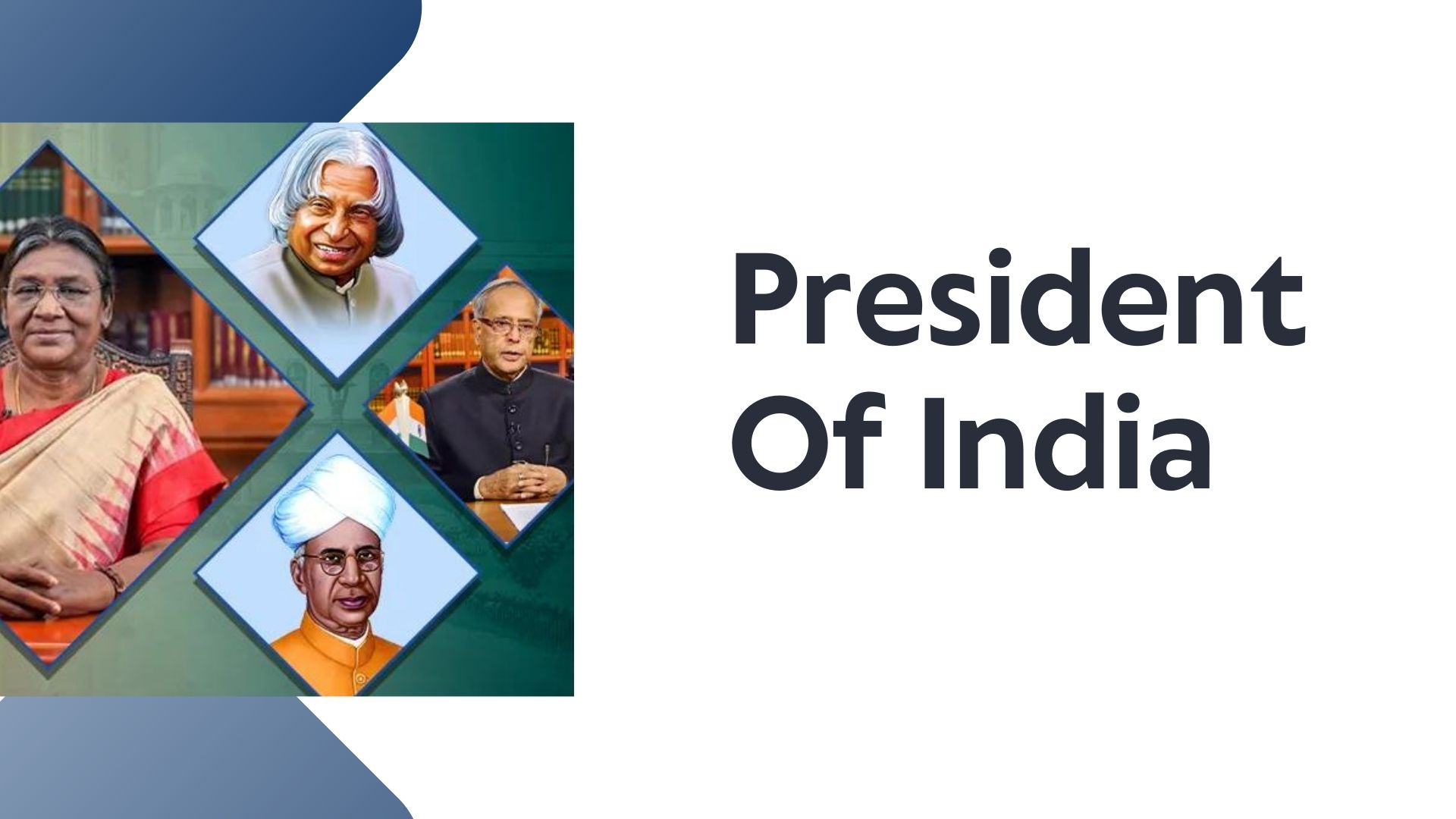Article 370 Of Indian Constitution
What is Article 370?
Article 370, which came into existence in October 1949, gave Kashmir its autonomy in the matters of internal administration. And permitting it to make its regulations in all matters except foreign affairs, finance, defence, and communications.
The Indian-administered region founded a separate constitution and a different flag and denied property privileges in the state to outsiders.
Article 35A, a further provision added to Article 370 of 1954, enabled state legislators to guarantee unique rights and privileges for permanent state occupants.
Latest Update On Article 370.
With the revocation of Article 370, Article 35A was likewise scrapped, permitting non-Kashmiris to buy property in the area which has raised fears of India attempting to engineer a “demographic shift” in the Muslim-majority province.
In 2019, the Modi government divided Kashmir into two parts: Jammu and Kashmir in the west and Ladakh in the east, both of which would be under direct control of New Delhi.
Kashmir lost its flag, criminal code, and constitution guaranteed by Article 370.
Supreme Court’s verdict on scrapping of Article 370.
The Supreme Court in its ruling stated Jammu and Kashmir must be reestablished to a similar statehood as any other Indian state with no individual autonomy rights – “at the earliest and as soon as possible”.
Article 370 on “Jammu and Kashmir “: Applicability to the Indian law.
All India Services Act
Negotiable Instruments Act
The Central Goods and Services Tax Act, 2017
Integrated Goods and Services Tax Act, 2017
The Central Laws (Extension to Jammu and Kashmir) Act, 1956
Border Security Force Act
Central Vigilance Commission Act
Essential Commodities Act
Haj Committee Act
Income Tax Act
The non-applicability of the National Human Rights Commission (NHRC) Act by claiming recourse to Article 370 was set aside in 2010
The Central Laws (Extension to Jammu and Kashmir) Act, 1968.
Centre on Article 370 and Jammu and Kashmir in 2019.
On 5 August 2019, Indian Home Minister Amit Shah presented the Jammu and Kashmir Reorganisation Bill, 2019 in the Rajya Sabha to change Jammu and Kashmir’s status as a state to two separate union territories, specifically Union Territory of Jammu and Kashmir and Union Territory of Ladakh.
The union territory of Jammu and Kashmir was proposed to have a legislature under the bill while the union territory of Ladakh is proposed to not have one.
Before the day was over, the bill was passed by Rajya Sabha with 125 votes in support of it and 61 against (67%). The next day, the bill was passed by the Lok Sabha with 370 votes in support of it and 70 against it (84%). The bill turned into an Act after it was signed by the president.
National Unity Day was observed on October 31, 2019, the day the two union territories were established. The president of India designated a Lt. Governor for the Union Territory of Jammu and Kashmir and a Lt. Governor for the Union Territory of Ladakh.
Both Lieutenant Governors on October 31, 2019, were sworn in by Chief Justice of the Jammu and Kashmir High Court, Justice Gita Mittal, first in Leh for the UT of Ladakh and then in Srinagar for the UT of Jammu and Kashmir.
President’s Rule under article 356 of the Constitution of India was ended in the state of Jammu and Kashmir on the evening of 30 October 2019. A union territory is already under the control of the central government, so the President’s Rule is not required there.
The President issued the order expressing that he would rule the union territory of Jammu and Kashmir directly until the legislative assembly is established in the union territory.



